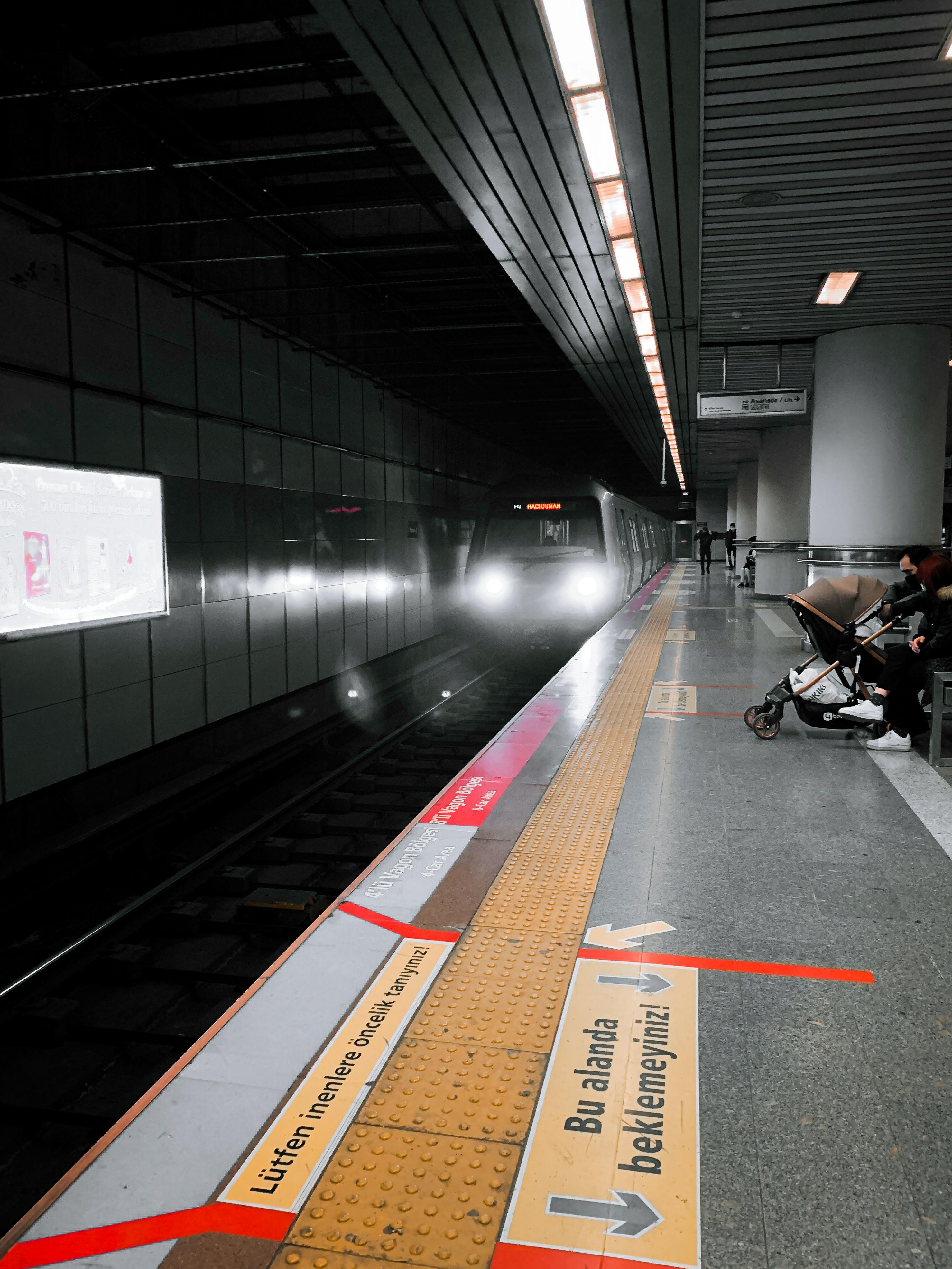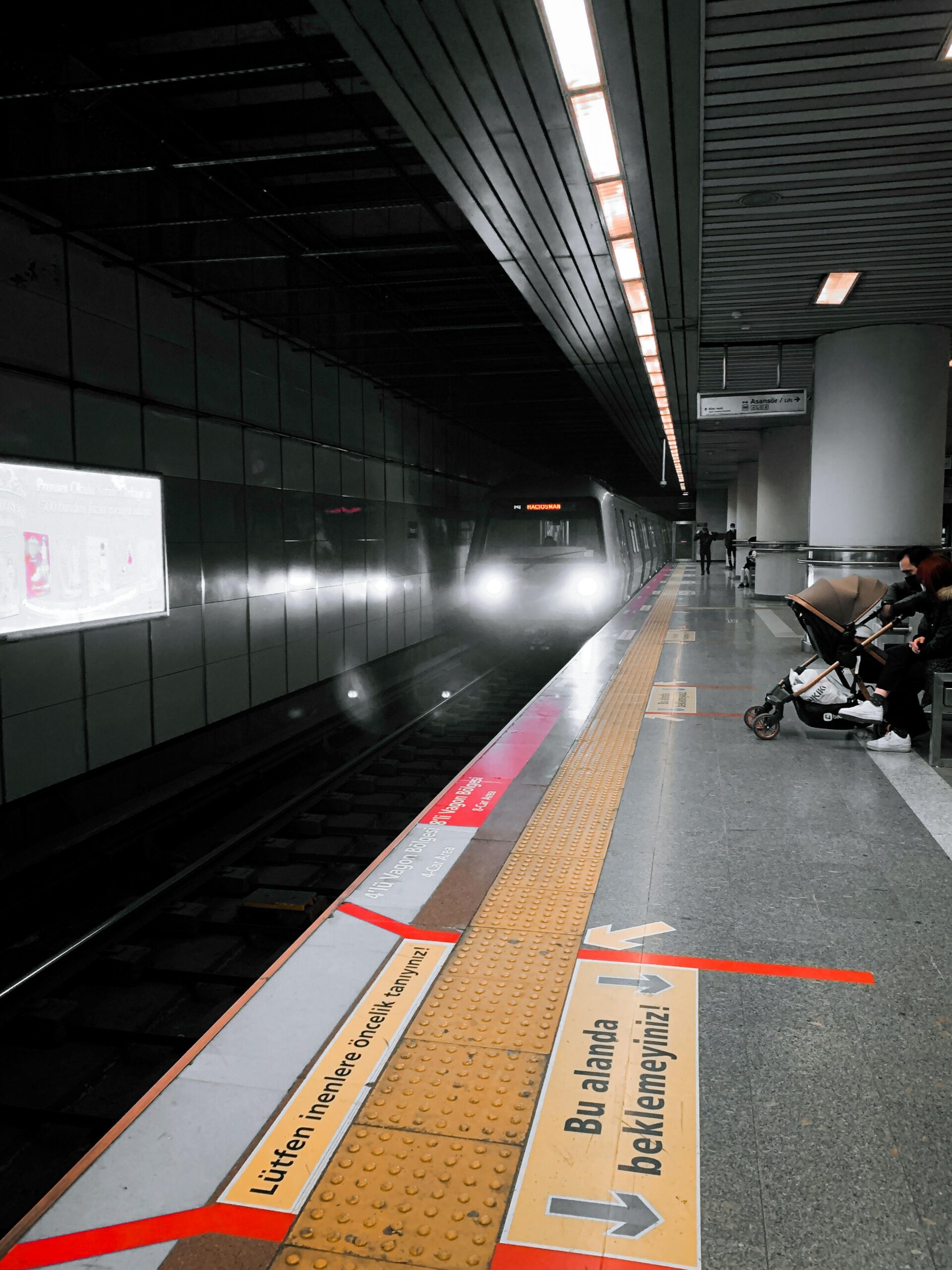- Introduction
- At a Glance: Quick Wins for Stroller Riders
- 1) Finding Elevators in Seconds
- 2) Getting Through the Gates with a Stroller
- 3) Platform Strategy (Where to Stand, How to Board)
- 4) Inside the Car: Etiquette & Safety
- 5) Timing Your Trips (and When to Fold)
- 6) Transfers Without Tears
- 7) What to Pack (Micro-Kit for the Metro)
- 8) Example Door-to-Door Flow (Template You Can Reuse)
- 9) Japanese Phrases That Actually Help
- 10) FAQ
- Useful Official Resources
Introduction
Tokyo’s subways are famously clean, punctual, and safe—but if you’re pushing a stroller, the maze of stations, transfers, escalators, and rush-hour crowds can feel like a boss level. This guide distills everything you need to ride like a local parent: how to find elevators fast, which gates to use, when to travel off-peak, and exactly what to do on platforms and in cars so your family glides through the city with minimal friction.

At a Glance: Quick Wins for Stroller Riders
- Best times: Weekdays 10:00–15:00 or after 20:00. Avoid 07:30–09:30 & 17:30–19:30 if possible.
- Look for the ♿ elevator icon at street level and on concourse signs. It usually marks the step-free route from Street → Gate → Platform.
- Use wide gates (wheelchair icon) for strollers. Tap IC cards together if traveling as a pair.
- On the platform: Stand near car ends (by the driver’s or conductor’s cabin) for more open floor space.
- Inside the car: Park parallel to the doors, brake on, and keep one handle on the stroller during starts/stops.
- Transfers: Follow elevator signs even if they look “longer”—they’re almost always faster with wheels than stairs + escalators.
1) Finding Elevators in Seconds
Nearly all Tokyo Metro and Toei stations provide at least one step-free route. The fastest way to locate it is to track the elevator icon from the street entrance down to the platform. If you’re between two exits on the sidewalk, pick the one with the elevator icon shown on the blue station totems or overhead signboards. Inside, keep following the same icon; it will either take you straight to the wide gates or through a short detour that avoids stairs.

Pro tip: If you land on the wrong level, don’t fight the escalators. Keep following the elevator icons; many stations have multiple lifts linking street ⇄ concourse ⇄ platform. If you’re stuck, ask staff at the ticket office by saying “Erebētā wa doko desu ka? (Where is the elevator?)”.
2) Getting Through the Gates with a Stroller
Wide gates are built for wheelchairs and strollers. Approach slowly, tap your IC card (or ticket barcode) on the right reader, and push the stroller straight through. If two adults have separate IC cards, go one after another through the same wide gate—doors stay open a beat longer. With one adult, push the stroller slightly ahead, tap, then walk through holding the handle. Don’t lift the stroller; the floor lip is minimal.
Tickets & IC: Suica/PASMO work across Metro, Toei, JR, and most private lines. For short stays, a single IC card per adult is simplest; kids under 6 usually ride free with a paying adult, and ages 6–11 can use child ICs (ask at counters with passports).
3) Platform Strategy (Where to Stand, How to Board)
- Stand near car ends for more space and easier pivoting during crowds.
- Don’t block the door zone. Park parallel to the doors, two steps back from the edge; you’ll roll straight in/out without a three-point turn.
- Let passengers off first. Tokyoites expect a clear lane at the door—holding the stroller slightly angled makes your intent obvious.
- Mind the gap. Gaps are usually small, but hold the front wheels lightly as you board so they don’t catch.
4) Inside the Car: Etiquette & Safety
- Brake on, one hand on. Trains accelerate and decelerate briskly.
- Use “priority” areas (near end doors) when available; they’re designed for wheelchairs and strollers.
- Keep bags slim. Hang only one small bag on the handle so the stroller doesn’t tip on starts.
- Carrier backup. In a sudden crowd, a soft carrier lets you fold the stroller temporarily without panic.

5) Timing Your Trips (and When to Fold)
Tokyo trains are very safe for kids, but volume matters. If you must travel during the commuter crush, switch to a baby carrier and fold the stroller before you enter the gates—the platforms are where space disappears first. Otherwise, off-peak windows (mid-morning to mid-afternoon, or late evening) make stroller life pleasantly uneventful.
6) Transfers Without Tears
- Follow the elevator icon even if it feels like a detour. The step-free route is designed to avoid bottlenecks and long stair banks.
- Expect long concourses at mega-hubs (e.g., Otemachi, Shinjuku). Build in 10–15 minutes of buffer for 1–2 transfers with a stroller.
- Don’t be shy. Station staff will happily guide you and can open service gates or call ahead if you need extra help.
7) What to Pack (Micro-Kit for the Metro)
- Compact stroller (umbrella or travel stroller under ~7 kg) with a carrying strap.
- Soft carrier for stairs, tight crowds, or sleeping babies.
- Rain cover—platform drafts + occasional drizzle.
- Suica/PASMO on phone or physical card, plus a small coin purse for vending machines.
- Thin blanket or muslin (AC can be cool).
8) Example Door-to-Door Flow (Template You Can Reuse)
From hotel to sight: At street level, pick the entrance with the elevator icon → take elevator to concourse → use the wide gate → follow elevator signs to the platform (sometimes a second lift) → board near the car end → park parallel, brake on → at destination follow the elevator icon back to street level.
9) Japanese Phrases That Actually Help
- Elevatorはどこですか?(Erebētā wa doko desu ka? / Where is the elevator?)
- エレベーターで行けますか?(…de ikemasu ka? / Is there a step-free route?)
- ベビーカーがあります(bebīkā ga arimasu / I have a stroller.)
- 手伝っていただけますか?(Tetsudatte itadakemasu ka? / Could you help, please?)
10) FAQ
Are strollers allowed on Tokyo subways? Yes. You can roll through wide gates and park by the door areas inside cars. Common sense etiquette applies: brake on, keep clear lanes, and fold during extreme rush hours.
Will I always find an elevator? Tokyo Metro and Toei indicate at least one route from street to platform using elevators or other step-free facilities at each station. Follow the ♿ icons and station maps.
What if an elevator is out of service? Ask staff at the gate—they can show an alternate lift, open a service route, or suggest a nearby entrance with working access.
Which car should I board? The first or last cars usually have the most open floor space and are closest to elevators at many stations.
Do I need tickets for kids? Under-6s typically ride free with a paying adult; ages 6–11 can use child fares/IC cards. Ask the counter staff to set up a child IC if needed.
Useful Official Resources
- Tokyo Metro: Search stations by barrier-free facility
- Toei Subway (Tokyo Metropolitan Bureau of Transportation): Accessibility overview
- Toei: Barrier-free facilities guide



コメント